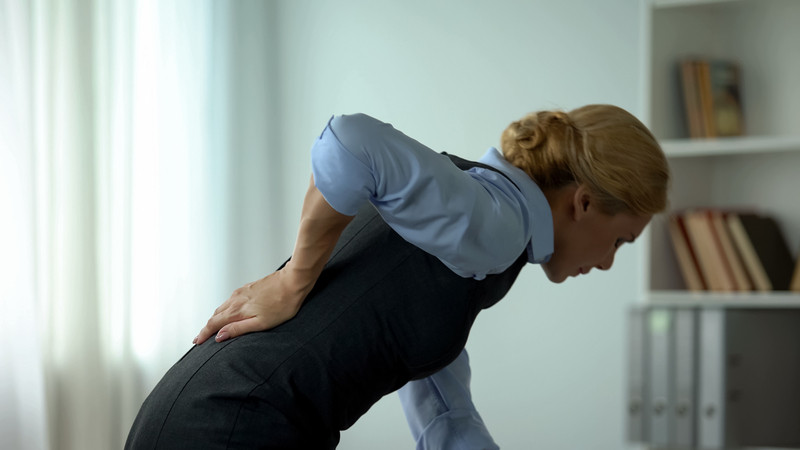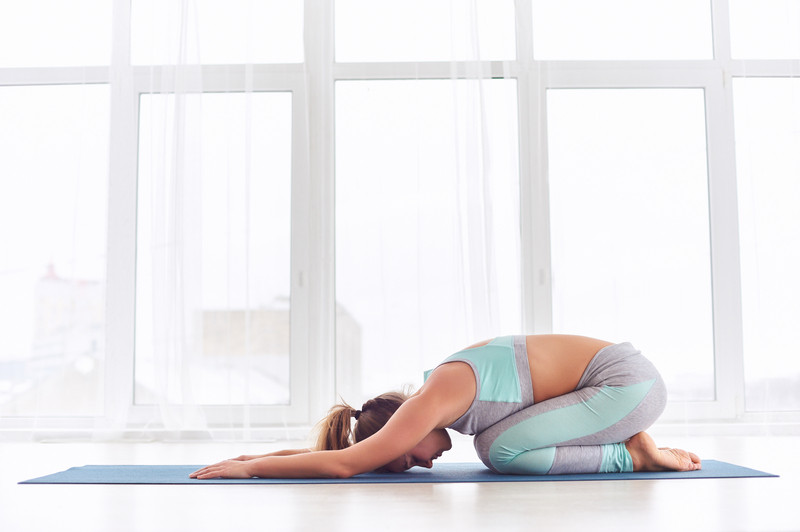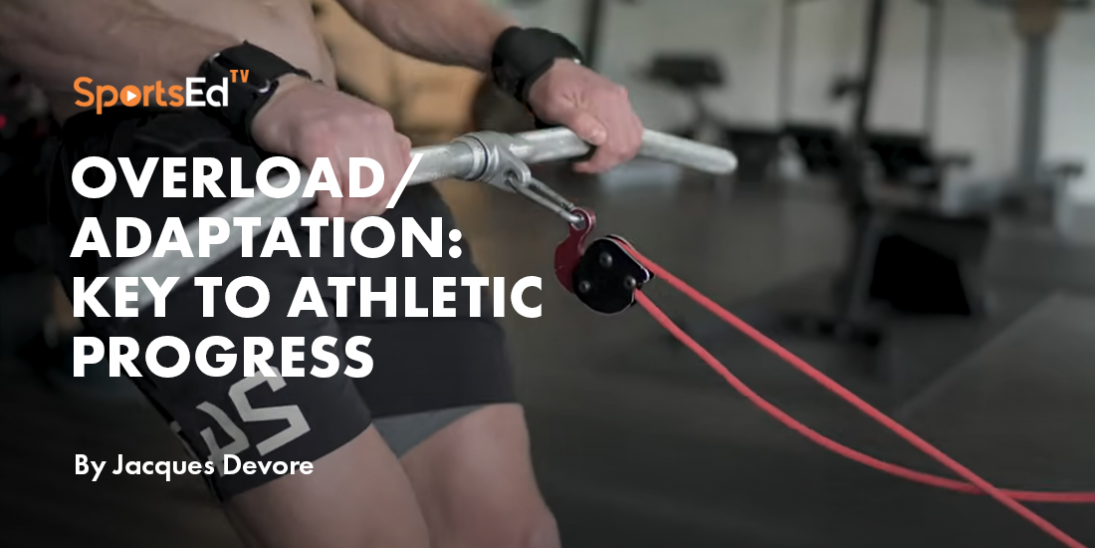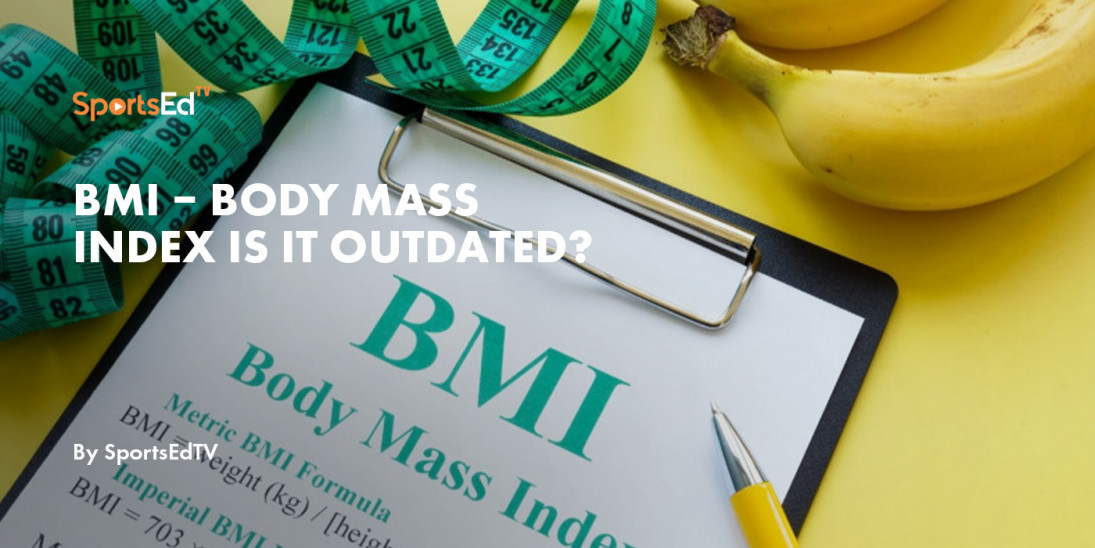Health, Strength And Conditioning, Stretching
Welcome and thanks for visiting...

Say Goodbye to Lower Back Pain: Proven Exercises and Stretches for a Stronger Core and Glutes.

Incorporate these proven exercises in less than 15 minutes a couple of times weekly.
Say goodbye to lower back pain and hello to a stronger core and glutes with these proven exercises and stretches. If you're tired of dealing with the discomfort of lower back pain, it's time to take action and strengthen your core muscles. A strong core and glutes not only provide stability and support for your spine but also help alleviate lower back pain and prevent future injuries.
In this article, we'll guide you through a series of exercises and stretches that have been proven to target and strengthen your core muscles and glutes. From plank variations to Bird Dogs, you'll discover a range of techniques to help alleviate pain and build a stronger, more resilient core and glutes.
Whether you're a fitness enthusiast looking to prevent injuries or someone who simply wants relief from chronic lower back pain, these exercises and stretches are designed to suit all fitness levels and abilities. So say goodbye to lower back pain and say hello to a stronger, more stable core that will support you through all your daily activities. Let's get started on your journey to a pain-free back!
Understanding lower back pain
Lower back pain is a common ailment that affects millions of people worldwide. It can range from a dull ache to sharp, debilitating pain. Understanding the root causes of lower back pain is the first step in finding relief.
There are several factors that contribute to lower back pain, including poor posture, weak core and hip muscles, and excessive sitting. Other causes may include muscle strains, herniated discs, and arthritis. By identifying the underlying cause of your pain, you can take targeted action to alleviate it.

The importance of a strong core for preventing lower back pain
A strong core and hip stability are essential for maintaining a healthy spine and preventing lower back pain. However, it is the ability to stabilize the core (isometric holds) that is one of the most important components of overall core strength. The core muscles, which include the abdominals, obliques, back muscles, and hips, provide stability and support for the spine. Your glutes, hamstrings, calves, lower back, lats, and rear deltoids are what is defined as the posterior chain and are of great importance in maintaining a healthy back. The ability to have all these muscles work well in unison to stabilize the core is of great importance. Typically, one or more of these muscles are weak, and the back is exposed to undue stress because of the weakness.
When these muscles are weak and unable to stabilize, the spine is forced to bear the brunt of everyday activities, leading to strain and discomfort. By strengthening your core and hip strength and stability, you can alleviate pressure on the spine and reduce the risk of lower back pain.
Common causes of lower back pain
Lower back pain can be caused by a variety of factors. Poor posture, especially when sitting for long periods, can put excessive strain on the lower back. Weak core and glute muscles can also contribute to lower back pain, as they are unable to provide adequate support for the spine.
In addition, lifestyle factors such as excessive weight, lack of exercise, and improper lifting techniques can all increase the risk of lower back pain. Understanding these common causes can help you make the necessary changes to prevent and alleviate your pain.
Proven exercises for strengthening the stability of the core and hips
Remember, it is the ability to stabilize the spine by the choreography of all these muscles together that will improve your back health.
Stu McGill is the Godfather of back and spine health. He has what he calls the Big 3 exercises for the back. I use these isometric back exercises and others for all my athletes as a method to improve back health and reduce the risk of future back injury. Remember, it is the isometric stability that is important when performing these exercises. So, if one of these exercises is not suited for you, change, but remember the isometric stability aspect of the exercise is what is of great importance.
- Laying on the floor on your back, one leg straight out and one leg bent at 45 degrees. Place your hand under your lower back to support your lower back. Lay your head back on the floor and lift the head for about 10 seconds. Do these for 4 to 8 repetitions with about 20 seconds rest in between. Start with fewer reps and work your way up. The head should lift just enough to come off the ground. You do not need to have an extreme lift.
- Your basic side plank. You can do this with your legs fully extended or with your knees on the ground. Hold the plank for 10-15 seconds. This hits the QL muscle, which helps to support the back and is often the source of the problem.
- Your basic Bird Dog. However, you will hold for 10 to 20 seconds with the leg and arm extended. Pull the toe back on the extended leg and make sure you feel your glute squeezing.
Frequency
Start with every day, with at least one of the exercises, and as you feel yourself getting better, you can reduce it to 3 times per week. The maintenance level would be once per week. These can be incorporated into microdoses of 5 to 10 minutes. The exercises do not all have to be performed at the same time. Break them up when you have an extra 5 to 10 minutes.
Key stretches for relieving lower back pain
Stretching is an important component of any lower back pain relief routine. It helps to improve flexibility, increase blood flow, and reduce muscle tension. Here are some key stretches that can help alleviate lower back pain:
Child's Pose: Start on your hands and knees, then sit back on your heels and stretch your arms forward, resting your forehead on the ground. Hold this stretch for 30 seconds to 1 minute.

Cat-Cow Stretch: Start on your hands and knees, then arch your back up like a cat, and then drop your belly down like a cow. Repeat this movement for 1-2 minutes, focusing on the stretch in your lower back.

Piriformis Stretch: Lie on your back with your knees bent and feet flat on the floor. Cross your right ankle over your left knee and gently pull your left knee towards your chest. Hold for 30 seconds, then switch sides.
How to incorporate exercise and stretching into your daily routine
Incorporating exercise and stretching into your daily routine is crucial for building a stronger core and relieving lower back pain. Consistency is key to seeing results. If you break the workouts into small doses, you can really be consistent. Life will get in the way, so just do these exercises and stretch in small bites.
Lifestyle changes to support a stronger core and reduce lower back pain
In addition to exercise and stretching, making lifestyle changes can further support a stronger core and reduce lower back pain. Here are some tips to consider:
- Maintain good posture: Be mindful of your posture throughout the day, whether sitting, standing, or walking. Avoid slouching and keep your spine aligned.
- Lift with your legs: When lifting heavy objects, use your leg muscles instead of straining your back. Bend at the knees and keep your back straight.
- Maintain a healthy weight: Excess weight puts added stress on the spine and can contribute to lower back pain. Aim for a healthy weight through proper diet and regular exercise.

Professional help for managing lower back pain
If you're experiencing chronic or severe lower back pain, it's important to seek professional help. A healthcare professional, such as a physical therapist or chiropractor, can provide a personalized treatment plan to address your specific needs.
They may recommend additional exercises, stretches, or therapies to alleviate your pain and strengthen your core. Remember, it's always best to consult with a professional for a comprehensive approach to managing lower back pain.
Preventing future lower back pain
Once you've addressed your current lower back pain, it's important to take steps to prevent future episodes. This includes maintaining a regular exercise routine that focuses on core strength, flexibility, and overall fitness.
Incorporating good posture habits into your daily life and making healthy lifestyle choices, such as maintaining a healthy weight and avoiding excessive sitting, can also help prevent future lower back pain.
Conclusion: Taking control of your lower back health
Lower back pain can be debilitating and frustrating, but with the right exercises, stretches, and lifestyle changes, you can take control of your lower back health. If you execute these techniques in small microdoses, you can obtain a level of consistency that will be extremely effective. If you can fit in 5 to 10 minutes, you are good to go! By strengthening your core, improving your posture, and making healthy choices, you can say goodbye to lower back pain and hello to a stronger, more resilient core.
Remember to consult with a healthcare professional for personalized advice and guidance. With dedication and consistency, you can build a strong core, alleviate lower back pain, and enjoy a pain-free life. So start today and embark on your journey to a stronger core and a healthier back.








